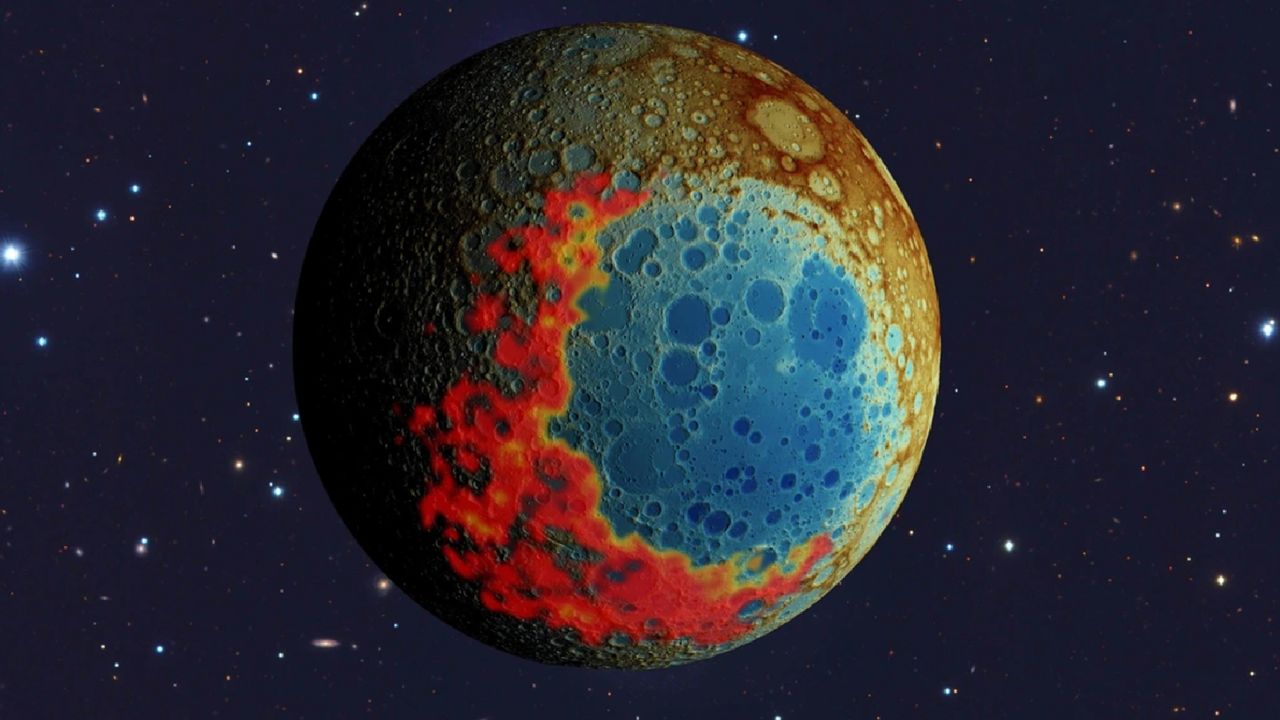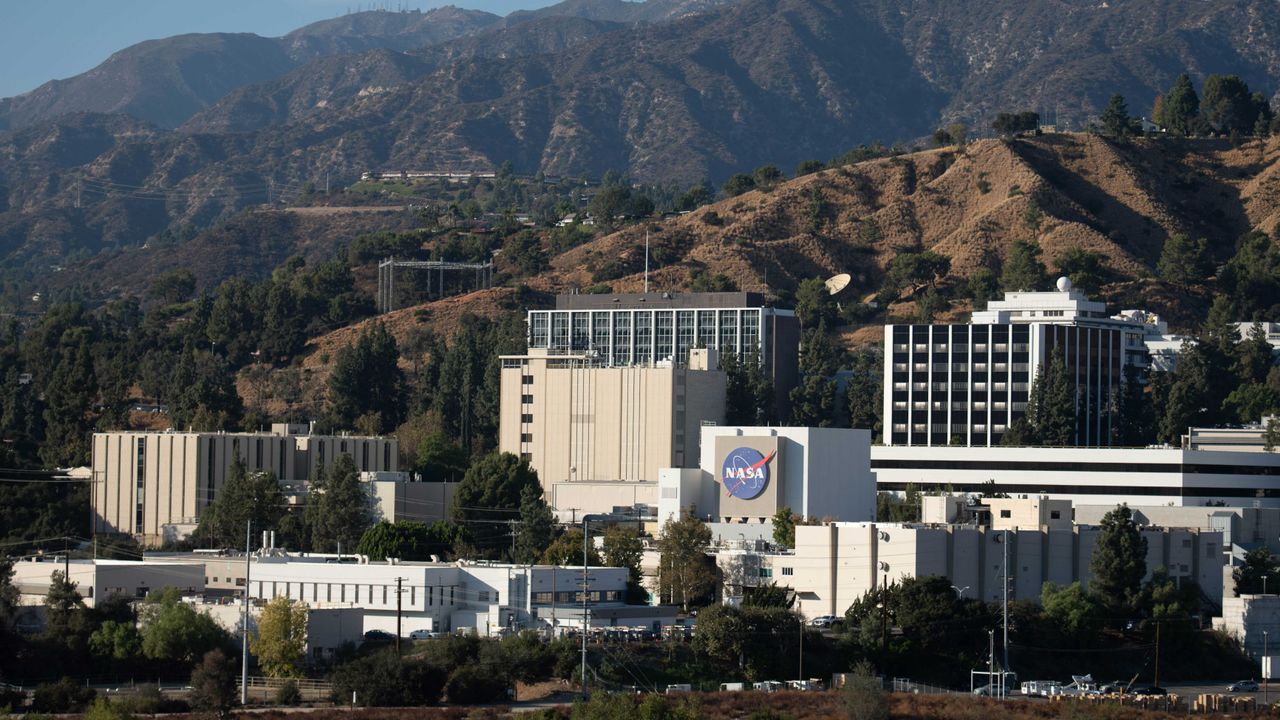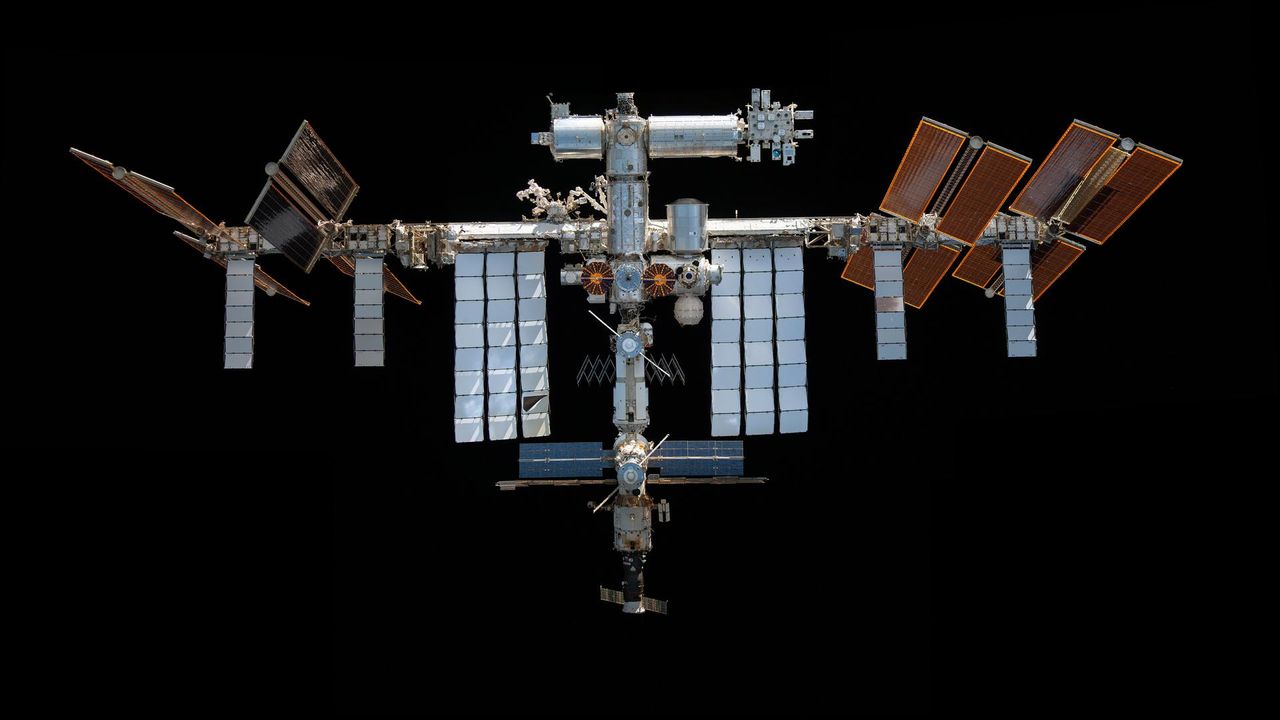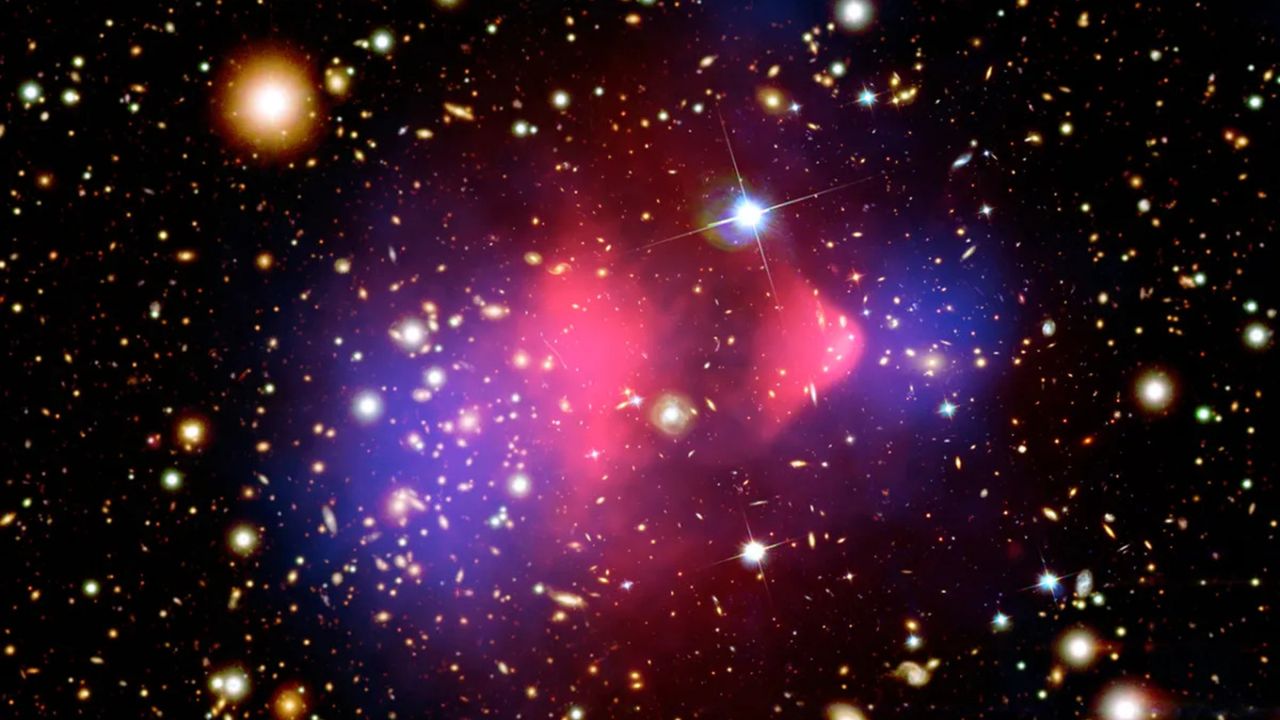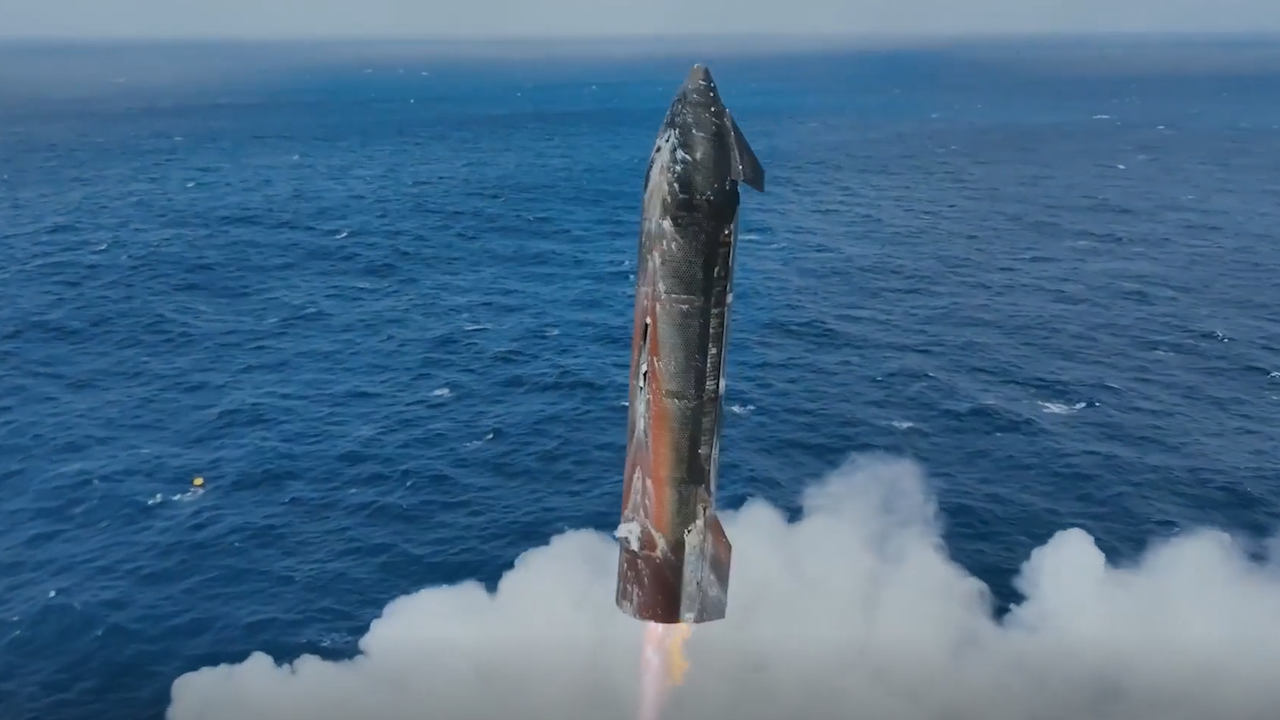Did a NASA exoplanet-hunting balloon really 'crash' in Texas? Not according to the scientist behind the flight
NeutralScience
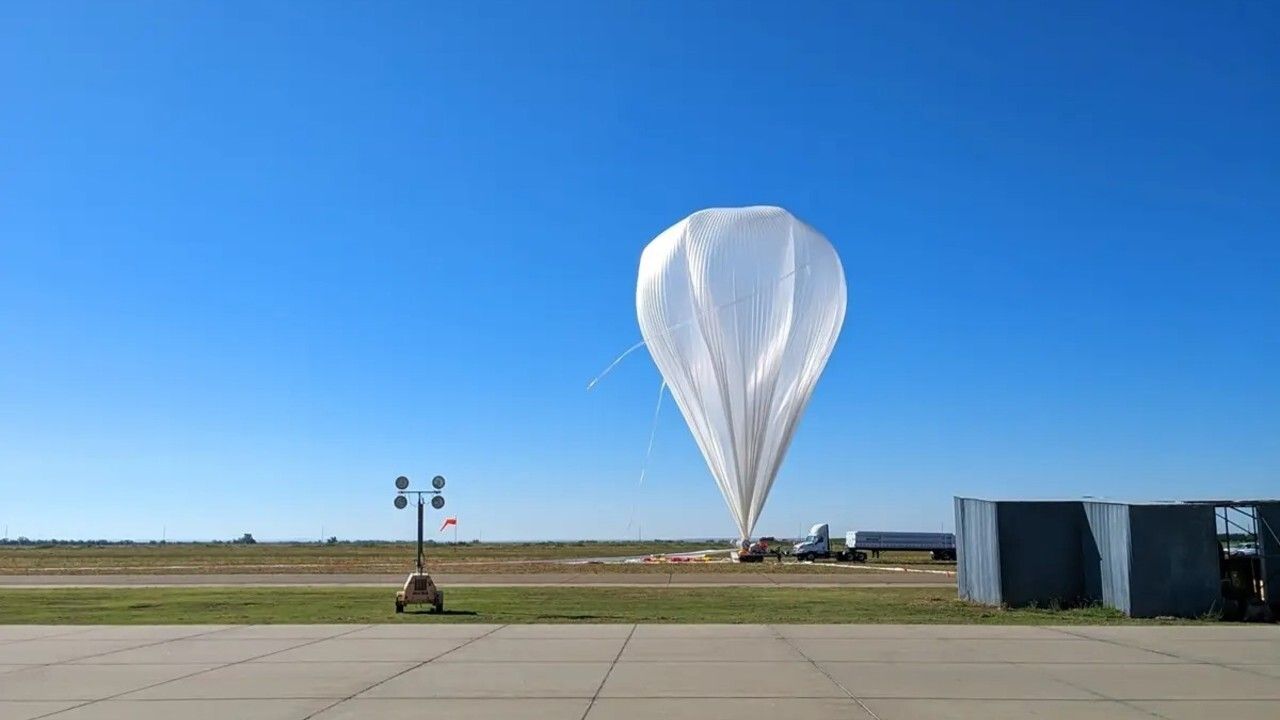
Recently, NASA launched an exoplanet-hunting balloon experiment in Texas, which took place from October 1 to October 2, even amidst a government shutdown. Following the mission's conclusion, some news reports inaccurately suggested that the balloon had crashed. However, the scientist overseeing the flight clarified that this was not the case, highlighting the importance of accurate reporting in scientific endeavors. This incident underscores the challenges of communication in the media, especially during significant events.
— Curated by the World Pulse Now AI Editorial System

